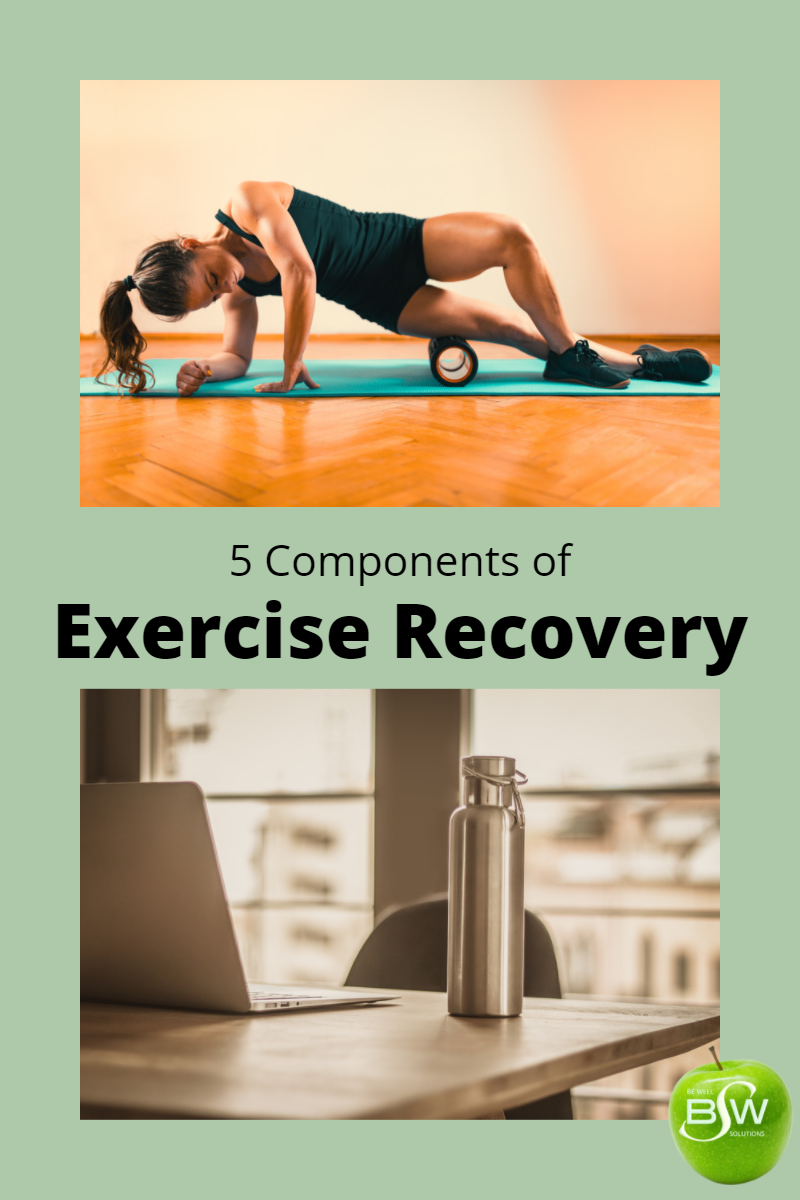
You just finished up a great workout…Congrats! But now what? Practicing recovery techniques after exercise is essential for getting the most out of your workout and lowering the risk of injury. Incorporate the components below into your routine for maximum recovery.
Cool-Down
The cool-down is a component of exercise that is frequently overlooked. Too often, we finish our workout and go right on with our day. However, wrapping up our workout with a cool-down is going to help our body recover quicker. Finish up your workout with 5-10 minutes of very low-intense activity. This will gradually lower your heart rate and bring your body back into a resting state. Finish up your cool-down with several minutes of full-body stretching. Stretching will allow your muscles to relax, which can ease soreness and cramping.
Recover
Complete an extra intense workout or feeling a little more sore than usual? Sometimes additional recovery care is necessary. Massages, such as deep tissue massages, can be great for muscle recovery. However, it’s not always realistic to schedule one after every workout. For times like these, you can practice myofascial release, also known as foam rolling. Foam rolling is a type of self-massage designed for targeting specific muscles for recovery. Another recovery technique to consider is applying cold therapy like icing. Icing can reduce inflammation and provide better circulation to sore muscles and joints.
Refuel
Refueling your body with the proper nutrients and hydration after exercise is another important factor to recovery. A combination of carbohydrates to replenish energy and protein to aid in muscle repair will help the body recover with the nutrients it needs. According to ACE Fitness, “Evidence indicates that having a snack or drink with a 3 to 4:1 carbohydrate-to-protein ratio within 30-45 minutes post-exercise can help you recover from the day’s activity and get ready for tomorrow’s workout.” Along with proper nutrition, you also need to consider rehydration. Proper hydration helps manage body temperature and blood pressure. After exercise, you will need to replenish the lost fluids. In some cases of extended or more intense bouts of exercise, you will want to consider a sports drink to replace lost nutrients through sweating such as sodium, potassium, and chloride.
Rest
Just like our bodies need regular exercise, they also need adequate rest. However, rest days don’t mean sitting on the couch all day long. Think about your rest day as a time to keep your body in motion while giving it a break from strenuous exercises. This could include low-intense exercises like a shorter, leisurely-paced walk or bike ride. Rest days should be a part of your exercise routine to promote recovery and limit injuries caused by overuse.
Sleep
Last but certainly not least, adequate sleep is essential for recovery. Sleep affects all systems of our bodies, including muscle repair. Not only does quality sleep help aid with recovery from today’s workout, but it will assist in replenishing and rejuvenating energy for your next workout.
Post workout recovery is something that should not be ignored. Even if you’re not feeling sore after a workout, it’s still important to take proper recovery steps to limit the risk of injury and maximize exercise benefits.
Always consult a doctor before beginning a new exercise routine.
Written by BWS Lead Health Coach- Kelly Schlather, BS, ASCM – CEP
